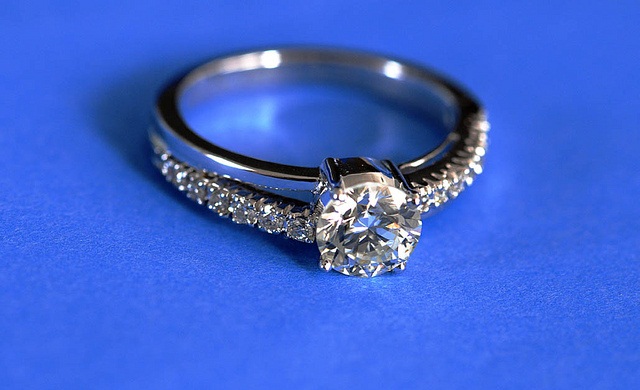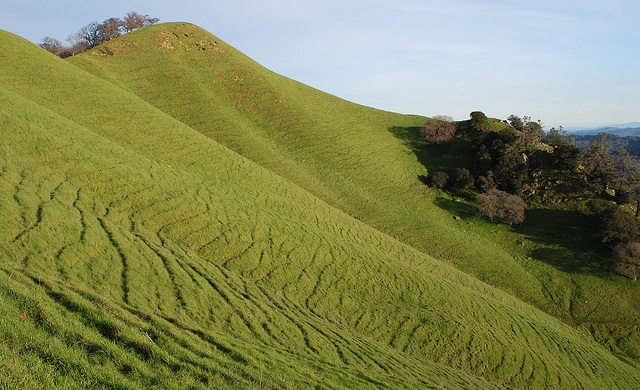First Diamond Export from Trial Mining at Baoulé Kimberlite, Guinea

Stellar Diamonds, the London listed (AIM:STEL) diamond development company focused on West Africa, announces its first export of diamonds and an operational update from trial mining at its 75% owned five hectare Baoulé kimberlite pipe in Guinea.
Highlights:
· Diamond parcel of 941 carats exported to Antwerp with sale expected in near future
· Parcel includes gem diamonds of 9.2, 5.5, 5.1, 4.7 and 4.3 carats in size
· Production of 1,206 carats (+1.25mm) to date with an average grade of 15cpht
· 85 diamonds over 1 carat in size recovered
· Plant now running at target capacity of average 55 tonnes of wet kimberlite per hour which at average grade of 15cpht is expected to yield monthly production of 2,000 carats
· Regular export and sales expected during 2015
Stellar Diamonds Chief Executive Karl Smithson commented:
“This first diamond export from Baoulé is a milestone for the Company ahead of realising our first cash-flow which is expected when the goods are sold in the near future. Trial mine production is progressing very well and we have now reached our target processing capacity that at existing grades could yield monthly production of 2,000 carats per month if maintained. We anticipate a diamond export and sale every two months during 2015.
“We are particularly pleased with the regular occurrence of gem quality stones of up to 9 carats in size from the limited processing to date. As this region of Guinea is renowned for its large diamonds of over 100 and 200 carats in size mined from alluvial mining, we are hopeful that we may recover yet larger, high value diamonds as we continue to process higher volumes of kimberlite over the coming months. I look forward to updating shareholders as we progress our strategy of delivering value from our key assets at both Baoulé and Tongo.”
Diamond Export and Planned Sale:
The Company recently undertook its first diamond export from Baoulé. A parcel of 941 carats, including gems up to 9 carats in size, have been safely delivered to Antwerp where they will undergo cleaning, assorting and valuation prior to a planned sale later in the month. The export was completed in accordance with the Kimberley Process Certification Scheme and export royalties were paid in Guinea in accordance with local mining law. This first sale will test the market for the Baoulé diamonds and is expected to be the first of regular export and sales to follow during the course of 2015.
Trial Mining Production:
Trial mining of the five hectare Baoulé kimberlite pipe is progressing well. The pipe is currently being mined from the eastern lobe over an area of approximately 200m x 100m which provides a sufficiently large surface area to continue mining for some months to come. The material being mined is comprised of predominantly green, weathered hypabyssal kimberlite that has been exposed by stripping under approximately 5m of disturbed overburden from previous artisanal diamond diggings.
The past month has seen a steady increase in the plant throughput to an average of approximately 55 tonnes per hour, which will yield 22,000 tonnes per month if maintained, as our team have become accustomed to the plant and the material being processed. If the existing processing rates are sustained the target production of 2,000 carats per month is expected to be met (assuming an average grade of 15cpht so far realised).
Diamond Results:
A total of 1,206 carats have been recovered to date at a +1.25mm cut off, giving an average grade of 14.97cpht. This compares favourably with the historically reported +1mm grade of 13cpht. A total of 85 stones greater than 1 carat have been yielded and gem diamonds of 9.2ct, 5.5ct, 5.1ct, 4.7ct, 4.3ct plus a number of +2ct gems have been recovered so far. This would suggest that the pipe is host to a large stone size distribution and justifies the strategy of trial mining 100,000 to 200,000 tonnes of kimberlite over the coming year in order to determine the presence of large, high value stones in the pipe.
Gem and near gem diamonds represent approximately 70% of the diamond population recovered, with 30% being classified as industrial.

 Hot Features
Hot Features













